Copyright 2020 - 2021 irantour.tours all right reserved
Designed by Behsazanhost
The most important Kashan's holy shrines
The most important Kashan's holy shrines
Islam occurred and arrived in Iran about 1400 years ago. it spread in all cities and districts, and due to the attention of Iranians to this new religion, Islamic elements developed greatly. The attention of Iranians to Islam in different cities caused the migration of the descendants of Shiite leaders (Imams) to Iran. Different cities of Iran hosted them according to their political and geographical location. The city of Kashan hosted more of these descendants of Shiite Imam.
Their presence in Iran and their religious prestige among the people led to the emergence of a special type of Iranian-Islamic architecture that is quite evident in religious shrines. This type of architecture is a beautiful and artistic combination of different types of decorative arts. So you can see a collection of the most beautiful arts of plastering, mirror work, brickwork, inlay, Muqarnas, and metal arts in these holy places with a Kashan Tour itinerary or one of the Iran religious tours.
The most important holy places of Kashan are
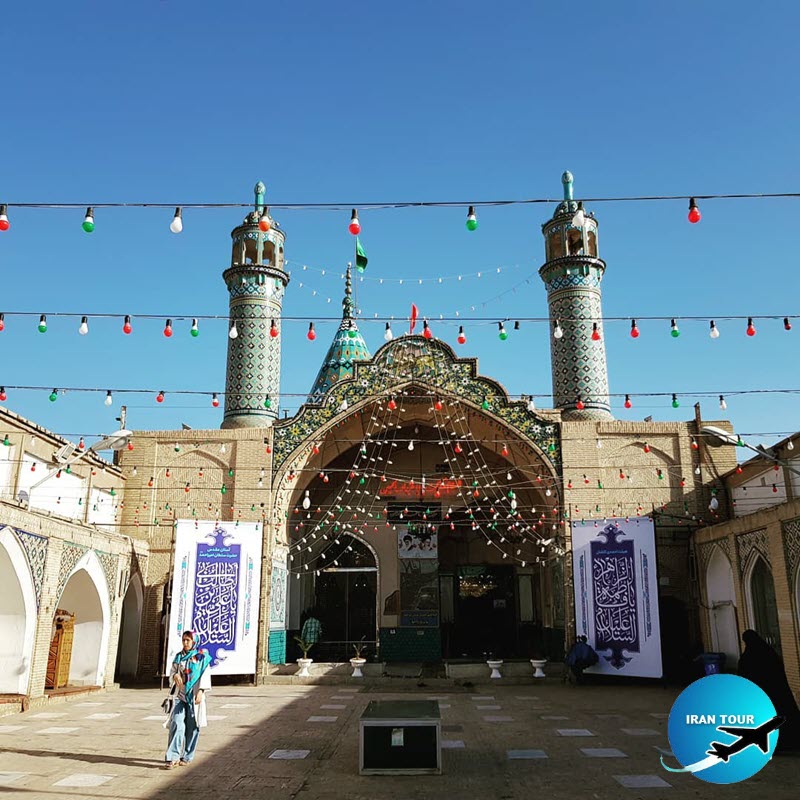 |
Mausoleum of Sultan Mir Ahmad
If you want to get acquainted with an important part of the religious culture of Kashan and understand the beauties of Kashan religious-Islamic monuments, the tomb of Sultan Amir Ahmad is one of the best. This historical monument, which is related to the before the Safavid period, is located in one of the oldest areas of Kashan, which got its name from this holy shrine. This mausoleum is located near the house of Boroujerdi and Tabatabai and it is very easy to access. Adjacent to this shrine is the bath of Sultan Amir Ahmad, which is an example of the most beautiful baths in Iran in terms of architecture, decoration, and use of spaces. This bath with an area of 1000 square meters takes its name from the Imamzadeh of Sultan Amir Ahmad.
This building consists of a pyramidal dome, a portal, a courtyard, and two minarets. It is originally Seljuk, but its tilework dates from the Safavid period. The tile tablet of the dome reveals the date of its repairs as 1534. The structure is most famous for its fretted doors, each bearing some excellent inscriptions. It also boasted a remarkable Il-Khanid tile sarcophagus, but it was stolen in the 20th century, and a modern replica has been installed.
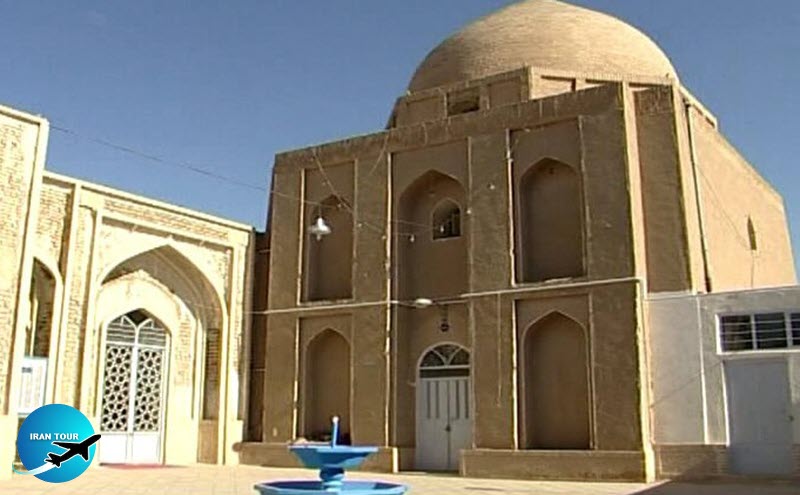 |
Chehel Dokhtaran Shrine
Located to the west of the Mausoleum of Sultan Mir Ahmad, this building is easily distinguishable by a lofty brick dome executed in Il-Khanid style. Interior decorations employed in the structure are quite remarkable. They include some fine tilework and latticed light apertures on the ceiling.
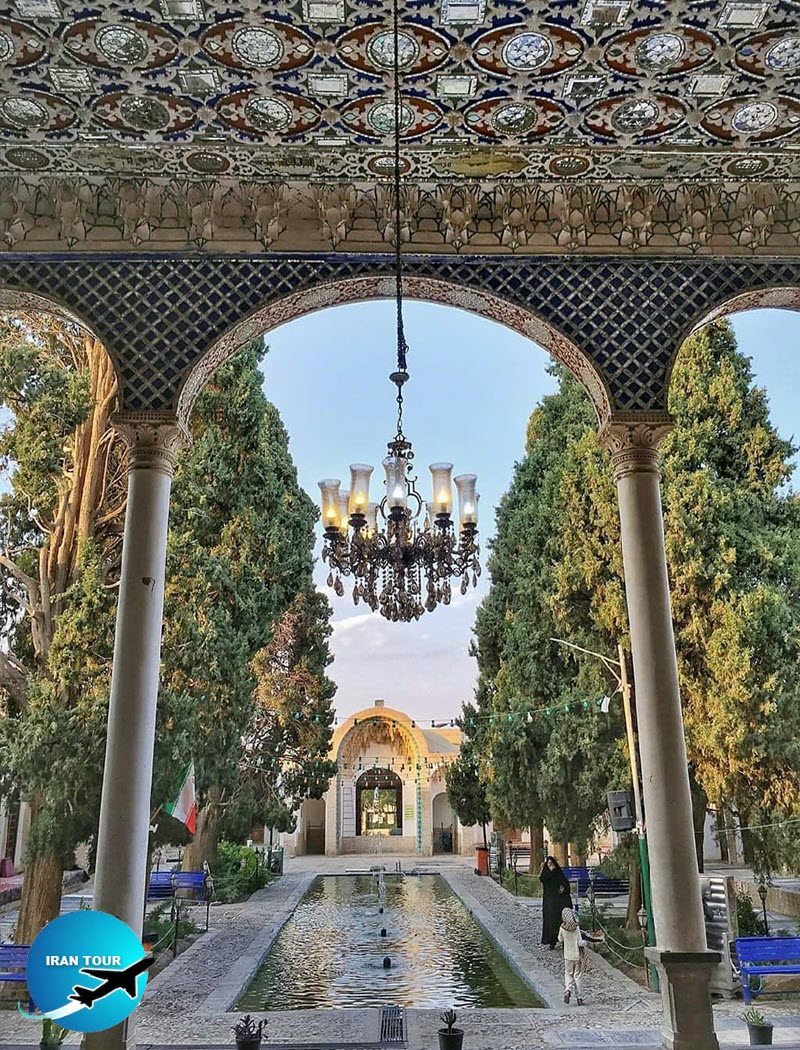 |
Imamzadeh Ibrahim
A calm - cozy - green and beautiful atmosphere on the way to Kashan, Feen Garden. This religious place with its lush and pleasant environment is one of the famous and favorite places for tourists. It is created in 1894, this handsome shrine is remarkable for its turquoise tile dome, lofty tile minarets, a pleasant shaded courtyard, lavishly adorned Eivan, and a sanctuary. Rich paintings on plaster, elaborate mirror-work, and panels of colored glazed faience are rather recent, dating from the early 20th century. The current, modified structure of the mausoleum also belongs to this era. An inscription on the fretted door inside the sanctuary reports of the installation of the mirror-work here at the command of the governor of Kashan. Another inscription gives the name of the deceased, who was one of the descendants of the Seventh Shiite Imam. The founder of the original structure, a pious lady known as Khaleh Beygom, is also mentioned. She is buried in the mausoleum's precinct, and a few verse lines in her praise are engraved on her tombstone. The building is still maintained by her descendants.
Imamzadeh Taher and Mansur
This unpretentious building houses the graves of two descendants of Musa al-Kazem, the seventh Shiite Imam. The earliest date found on the wooden fretted door of this Safavid structure is 1528. The building was once ornamented with remarkable tilework, but, in the early 20th century, these tiles were looted and replaced by new ones.
 |
Khajeh Taj al-Din Shrine
Located next door to the Aqa Bozorg complex, this mausoleum features two domes, each built to commemorate the Imamzadehs who were allegedly buried there. The names of these Imamzadehs are Shahzadeh Ishaq and Abi Taleb, both sons of Hamzeh ibn Musa al-Kazem. Their graves are decorated with tile mosaics and covered with a wooden sarcophagus. However, the complex itself is known after its builder, Khajeh Taj al-Din Shirvani. He created the structure as a part of the tradition established by his brothers. His brother, Khajeh Emad al-Din Mahmud built the Meydan Mosque, while another brother, Khajeh Zein al-Din, built a minaret that still bears his name. The mausoleum belongs to the 15th century, but it has been repeatedly modified. Actually, of the imposing complex, only two mausoleums covered with shallow brick domes have been preserved; the other structures were ruined in the earthquake of 1778. The western mausoleum features fine brickwork and tile mosaics of the Il-Khanid period. The eastern mausoleum originally functioned as a khaneqah,but was abandoned during the Safavid reign. It is, thus, the only surviving Il-Khanid khaneqah in Kashan. When Hajj Mullah Hasan Natanzi, Sufi mystic, and dervish of the Nematollahi sect was buried here in the 20th century, the mausoleum was repaired and decorated in modern style. Today it is private property.
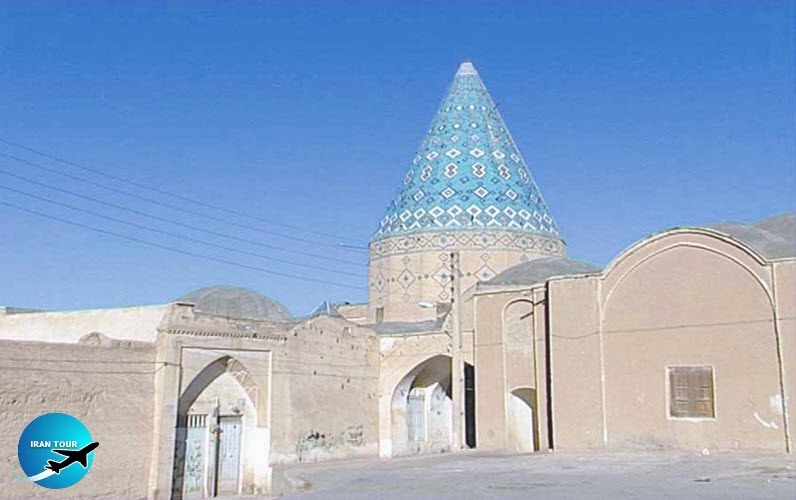 |
Imamzadeh Mir Neshaneh
The Safavid structure is crowned by a conical tile-covered turquoise dome and houses the grave of Hasan ibn Musa al-Kazem. The dome's interior is decorated with splendid mosaics. The oldest relics found in the crypt are a wooden sarcophagus dated 1571 and a 17th-century wooden fretted door. The structure has a basement that can be reached by a flight of five steps. A water well, which is believed to have miraculous features, is located here. For this reason, numerous sufferers come here to offer their prayers. The basement's ceiling and walls are colorfully painted. A neighboring mosque was recently built on the site of an ancient structure whose inlaid doors and an elaborately worked minbar were quite famous in their time. The mausoleum also houses graves of several local theologians, the earliest graves dating from the 19th century. There is also a private crypt in the eastern corner of the structure.
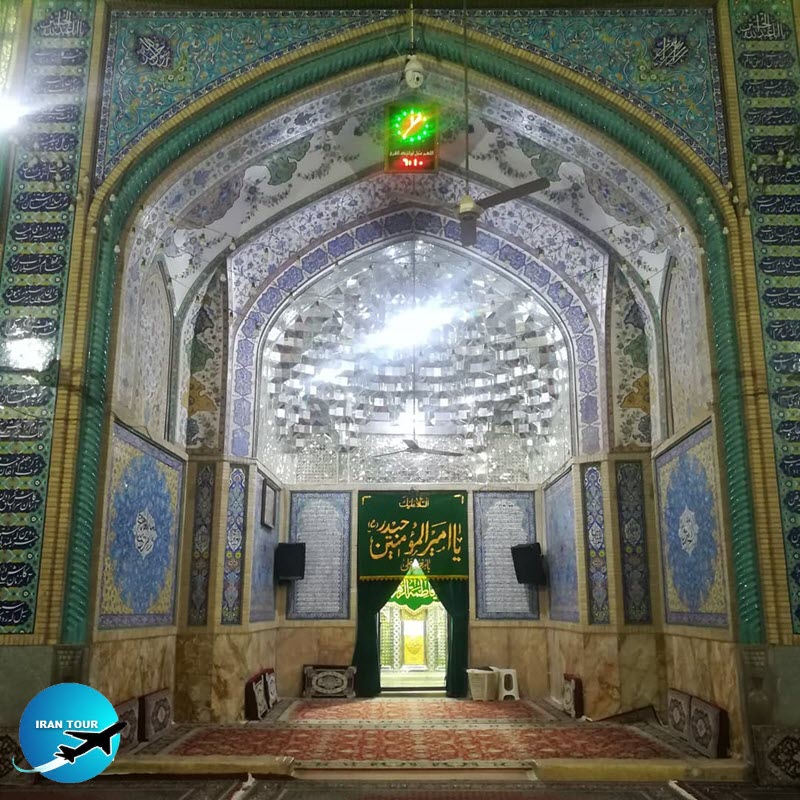 |
Imamzadeh Panjeh Shah
Since the early Islamic period, the Mausoleum of Panjeh Shah has been an important pilgrimage site for the people of Kashan. It was much favored by the deprived and oppressed, who often sought at least spiritual refuge here. The place was considered so sacred that if a criminal used it as a shelter, he could not be drawn out by force. The main construction of the mausoleum dates from the Seljuk period, but the interior decorations were generally done during the Qajar period. The structure houses the grave of one of Imam Musa's descendants. The building is topped by the type of tiled conical dome which is common to Kashan's cityscape and features an imposing entrance Eiva and a sanctuary, both entirely covered with mirror-work dating from the late 19th century. It is especially famed for a brick minaret with enameled tiles, which was long believed to be the only surviving Seljuk part of the complex. In its original shape, it greatly resembled the minaret of the Congregational Mosque, but its brickwork has disappeared and has been replaced with tiles. There is no trace of the original Kufic inscriptions.
A broken statue of a man's arm is preserved inside the building. The work of Sani al-Molk, is supposed to embody the cut arm of Abulfazl Abbas that was brought to Yazid, the Umayyad caliph, as a token of victory in the Battle of Karbala. The people of Kashan attacked the messenger, took away the sacred relic, and buried it in this crypt. For this reason, the mausoleum is called Panjeh Shah (“King's Arm”).
Imamzadeh Shah Yalan
Any bazaar of some important features, in addition to shops, numerous auxiliary structures, many of them of a religious character. This small crypt inside the bazaar features an inlaid sarcophagus dated 1544. Apart from the entrance, the structure is rather unremarkable. Its plastered walls are reported to have been covered by the tilework of notable beauty, but it has been completely removed. An unglazed tile on the wall facing qibla is dated 1497.
- Details
- Category: KASHAN HISTORICAL SITES